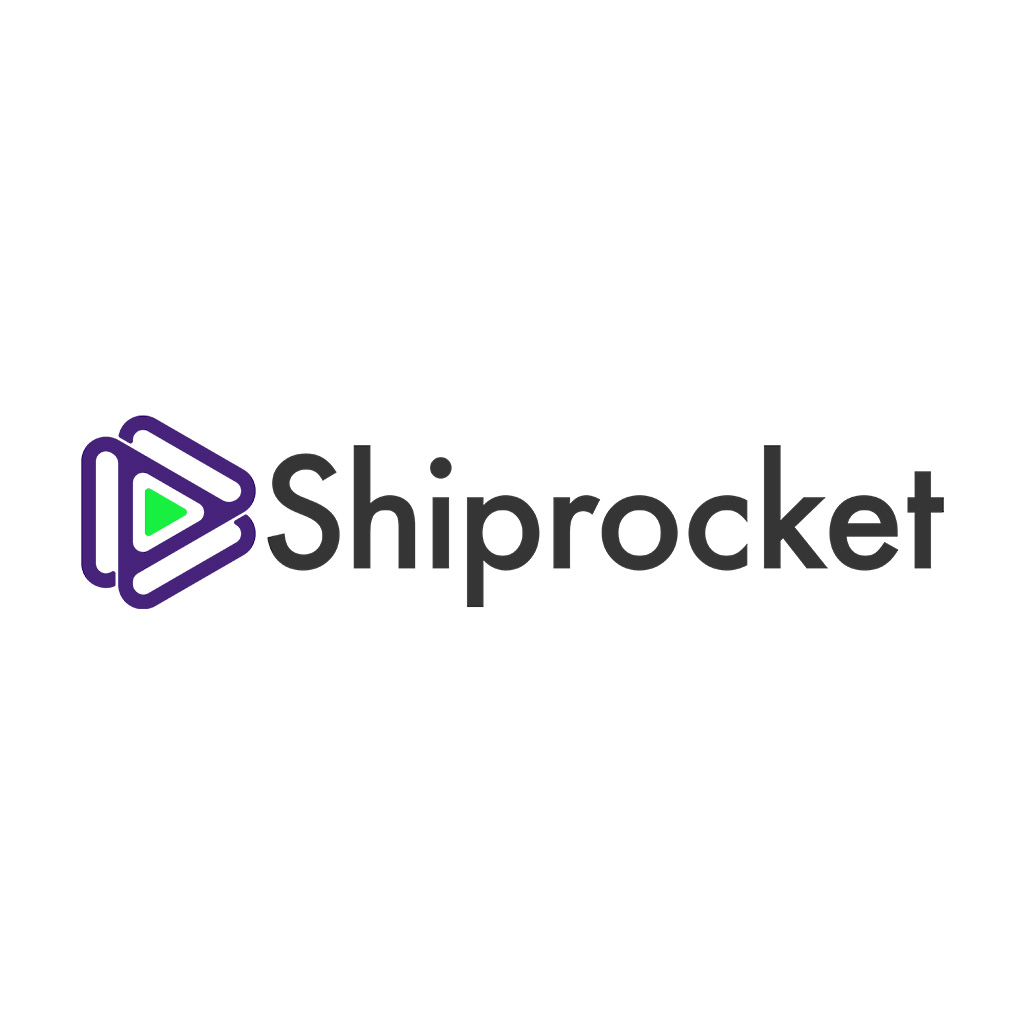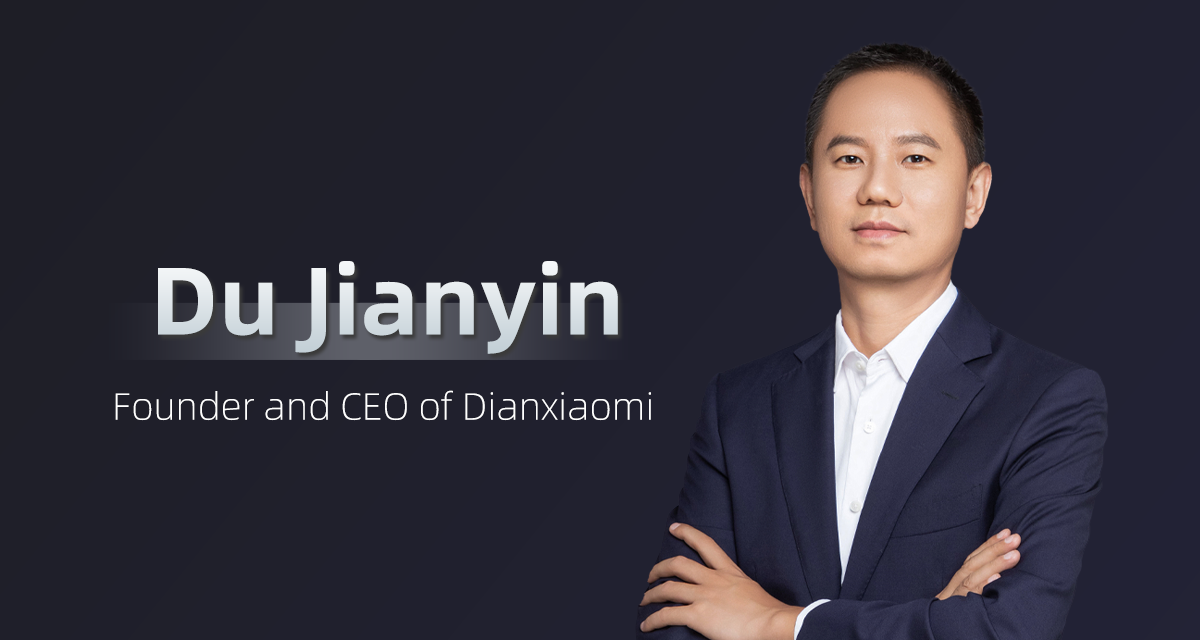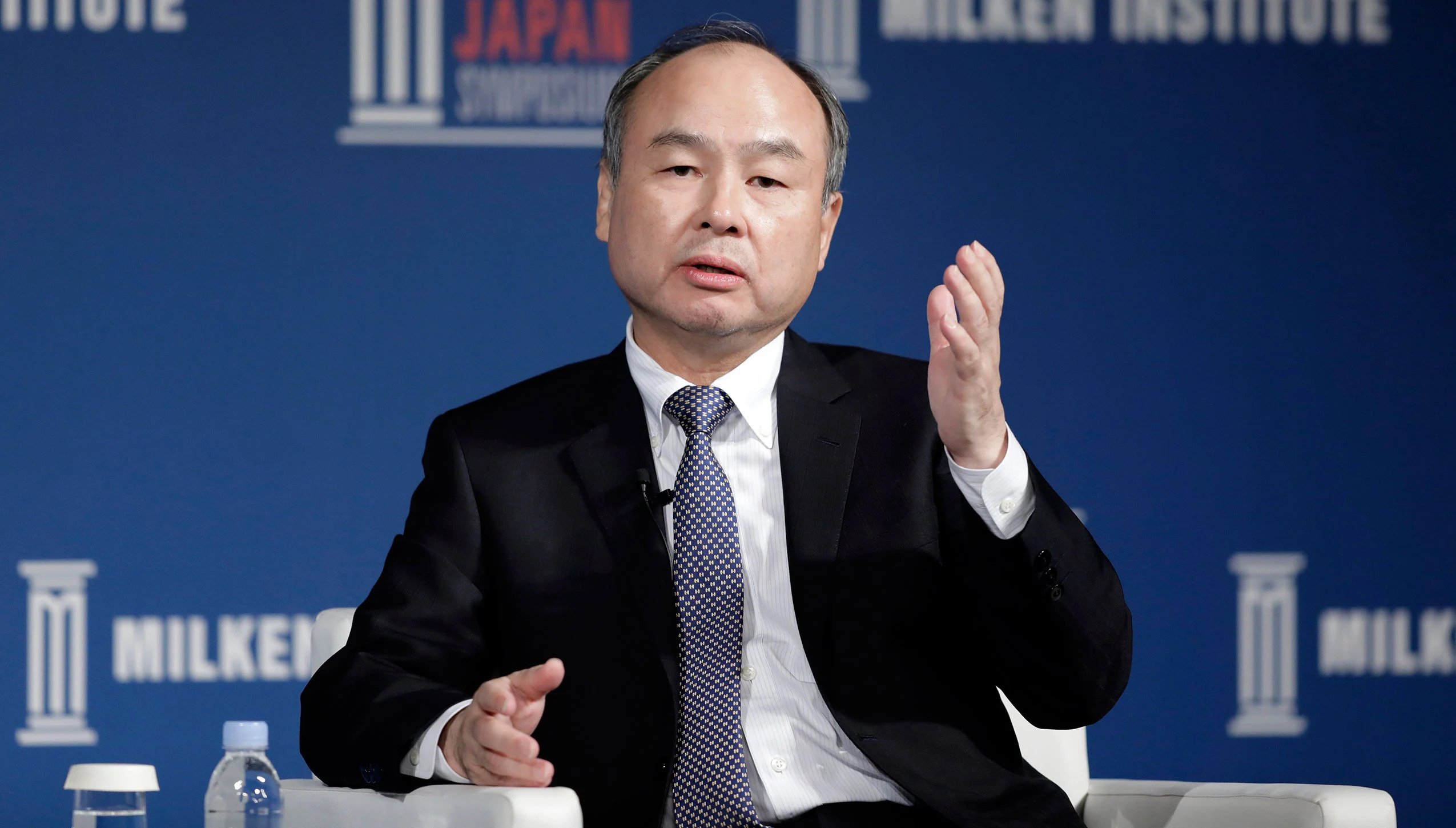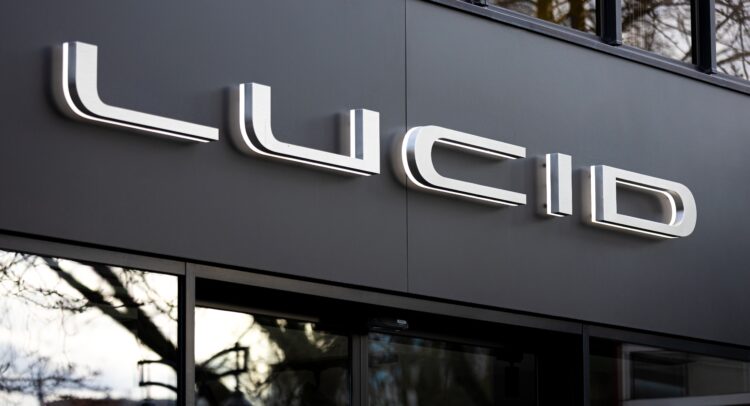yiyun
-

One Championship Parent Company Re-Domiciles To The Cayman Islands As Company Mulls US IPO
Group One is changing its legal domicile from Singapore to the Cayman Islands as it prepares for a potential US Initial Public Offering (IPO). According to an unverified source that wishes to remain anonymous, the…
-

Indian Logistics Tech Platform Becomes India’s 106th Unicorn After Raising $33.5 Million
Logistic enablement platform Shiprocket raised $32.6 million in the latest funding round from returning investors. The funding round was co-led by Singapore’s Temasek and Lightrock India. The firm was valued at around $1.2 billion with…
-

Chinese Firm Raises $110 Million In A Funding Round Led By SoftBank And Sequoia
China-headquartered e-commerce SaaS platform Dianxiaomi has raised $110-million in Series D funding led by SoftBank Vision Fund 2 and Sequoia China. The funding round also participation from Tiger Global Management, GGV Capital, and Huaxing Growth…
-

Softbank Warns Of Longer Startup Winter Due To Unicorn Founders Unwilling To Cut Valuations
Softbank Group has recently reported a quarterly loss of more than $23 billion. The company said this net loss in the June quarter “was recorded mainly due to the monetization of investments in public portfolio…
-

Xpressbees Raise $24.6 Million From Avendus’ Future Leaders Fund II
India-based Logistics unicorn Xpressbees has secured $24.6-million as a secondary investment from Avendus’ fund, Avendus Future Leaders Fund II. Before this latest development, Xpressbees’ parent company Busybees Logistics Solutions, reported a 33% growth in its…





